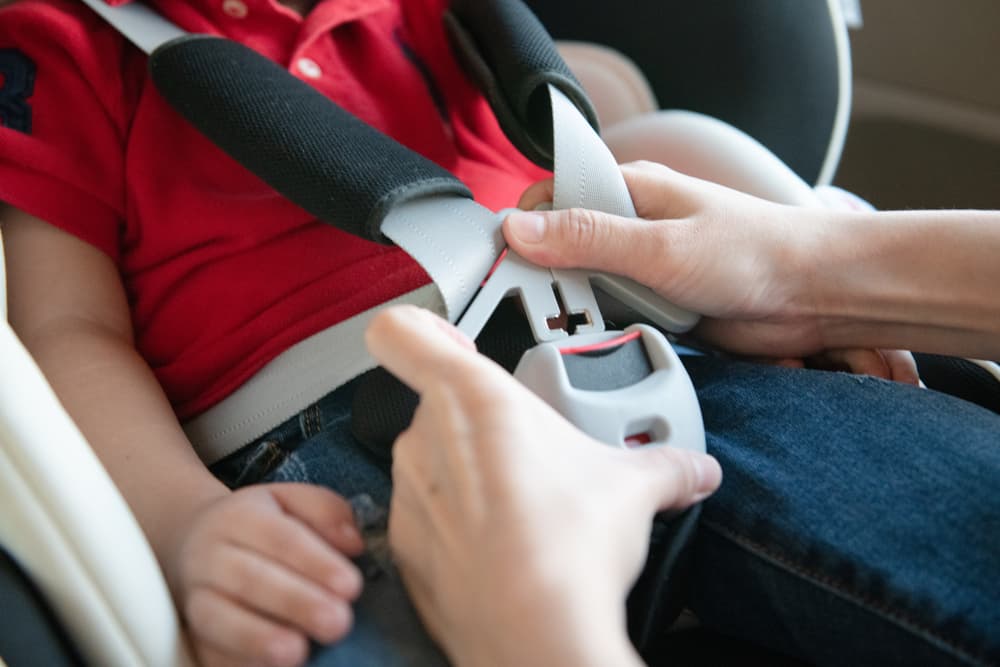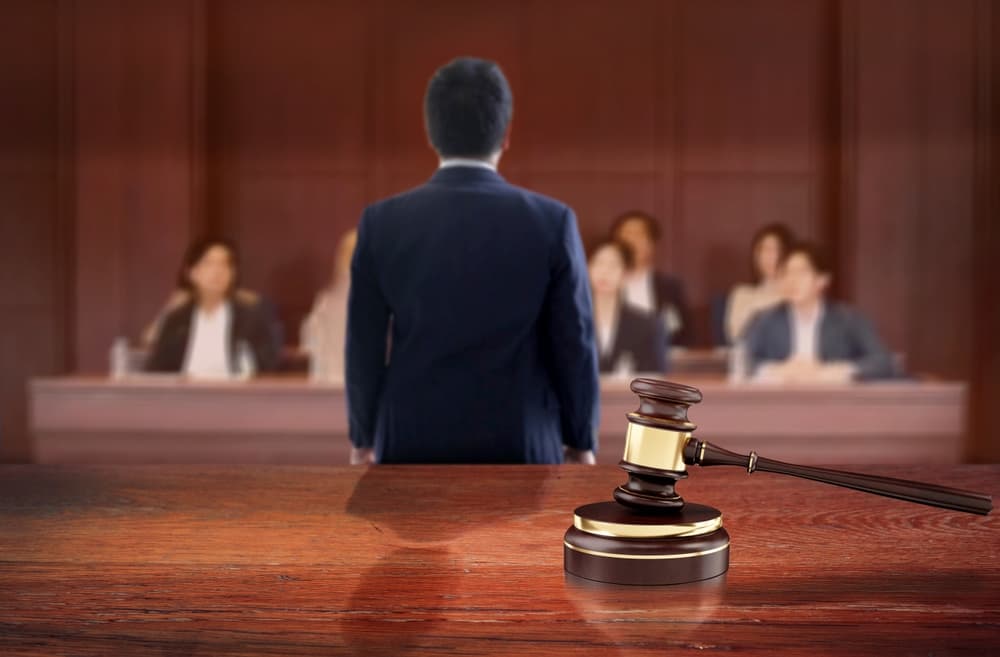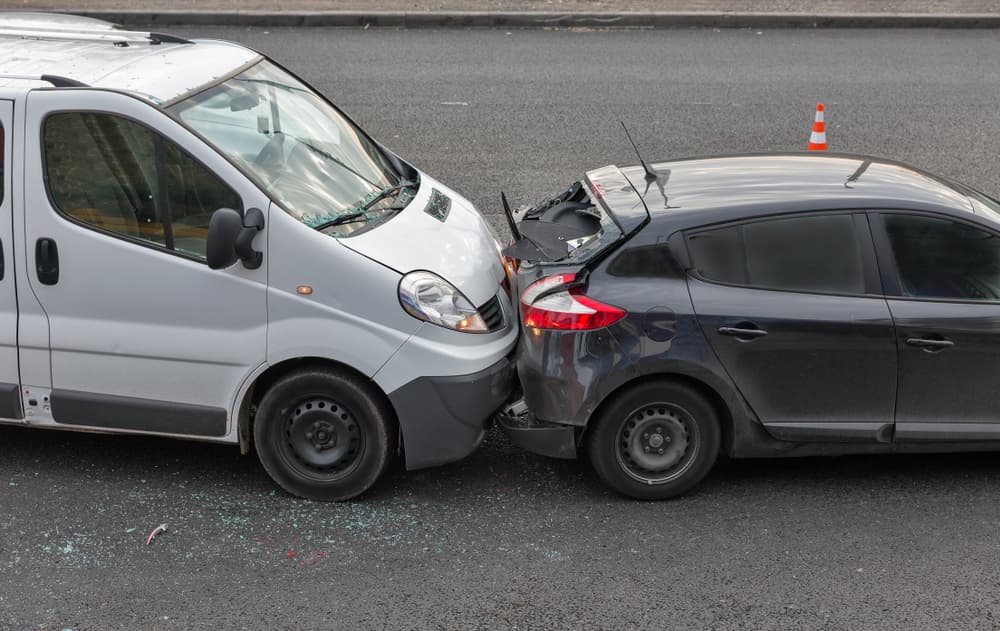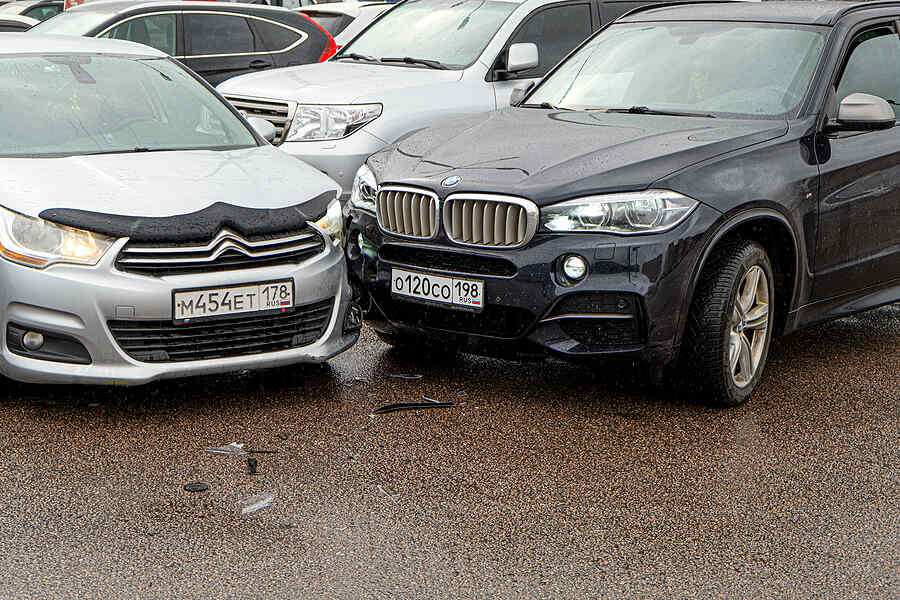As personal injury attorneys, we at Abels & Annes, P.C. have unfortunately seen firsthand the tragic consequences that can result from not properly securing children in appropriate car seats. According to the Centers for Disease Control and Prevention (CDC), car crashes are a leading cause of death for children in the United States. Proper use of car seats can significantly reduce the risk of injury and death.
To help keep kids safe on the roads, Illinois has enacted laws specifying car seat requirements for children of different ages and sizes. Parents and caregivers must understand and follow these laws.
This post will provide an overview of Illinois' child passenger safety laws and share some best practices for choosing and installing car seats. We’ll also discuss what to do if you are involved in a car accident with children in your car.
Illinois Car Seat Laws
The Child Passenger Protection Act requires that all children under the age of 8 be properly secured in an appropriate child restraint system when riding in a vehicle. The specific type of car seat or booster that should be used depends on the child's age and size:
- Infants under 1 year old and weighing less than 20 pounds must be in a rear-facing infant carrier or convertible seat.
- Children 1 to 4 years old weighing more than 20 pounds must be in a forward-facing child safety seat (convertible, combination, or harness).
- Children 4 to 8 years old and under 4'9" tall must be in a booster seat to ensure the seat belt fits properly.
- Children 8 years and older or taller than 4'9" can use a standard adult lap/shoulder seat belt. They should ride in the back seat whenever possible until age 13.
These are minimum requirements. Best practices often advise keeping kids rear-facing and in each stage of the car seat for longer than the law specifies. The American Academy of Pediatrics recommends rear-facing seats until age 2 and using a booster until a child properly fits in a seat belt, often not until 10-12 years old.
Penalties for Violating Car Seat Laws

In Illinois, first-time offenses for not properly securing a child in a car seat can result in a $75 fine. Subsequent offenses carry a $200 fine. However, the laws allow the fine to be waived on a first offense if the person completes an instructional course on installing car seats correctly within 30 days.
Not using a car seat properly doesn't just risk fines—more importantly, it puts a child's safety and life at risk. Unrestrained or improperly restrained kids are much more likely to be injured or killed in a crash. Always take the time to carefully secure children in the appropriate car seat or booster every time they ride in a vehicle.
Choosing and Installing a Car Seat
With the huge variety of makes and models of car seats on the market, choosing and installing one correctly can feel overwhelming to many parents.
Here are some tips:
- Choose a seat appropriate for the child's age, weight, and height. Pay close attention to the size limits listed by the manufacturer.
- Look for a seat that is easy to use and install correctly every time. Features like a no-rethread harness and easy-to-access belt paths can help.
- Ensure the seat fits well in your vehicle. Not all car seats work well in all vehicles. Test it out or check the manufacturer's fit recommendations.
- Read the instruction manual carefully and follow the installation directions precisely. Don't be afraid to ask for help - most fire departments will do free car seat inspections and assist with proper installation.
- Ensure the seat is installed tightly and does not move more than 1 inch side-to-side or front-to-back when tugged at the belt path. Use either the lower LATCH anchors or a locked seat belt to secure it, not both.
- Position the chest clip at armpit level and snug the harness straps so you cannot pinch any excess webbing at the shoulder.
- When in the car, place the carrying handle of infant seats in the correct locked position, usually behind the baby's head.
- Have older kids use a lap and shoulder belt (never just a lap belt) when they transition out of a booster. Ensure the lap portion lies low across the upper thighs (not the stomach) and the shoulder portion crosses the center of the chest and shoulder (not the neck).
Discontinue using any seat involved in a moderate to severe crash or after its expiration date (usually 6-10 years). Invisible damage may compromise the safety of the seat.
Other Safety Considerations
In addition to always using appropriate car seats, there are other ways to keep kids safer in vehicles:
- Children should ride in the backseat until they are at least 13. The force of front passenger airbags can injure small children.
- Never leave a child unattended in a car, especially in hot weather. Vehicle interiors can quickly become dangerously hot.
- Set a good example by always wearing your own seat belt. Children who see their parents buckled up are likely to continue the habit as teens and adults.
- Avoid distractions like cell phones while driving. Distracted driving is a leading cause of accidents.
- Make sure you are well-rested and never drive under the influence of alcohol or drugs. Consider appointing a designated driver or using a taxi or rideshare if needed.
What to Do After a Car Accident Involving a Child
Car seats are designed to keep children safe in the event of a crash, but accidents can still result in injuries even with proper use.
After a car accident with a child in the vehicle, to ensure the child's well-being and protect their legal rights:
- Check for injuries: Immediately assess the child for any visible injuries or signs of pain. If the child is unresponsive or appears to have serious injuries, call 911 right away. Even if there are no apparent injuries, have a medical professional evaluate the child as soon as possible, as some injuries may not immediately manifest.
- Move to a safe location: If the vehicle is drivable and you can safely do so, move it to the side of the road or a nearby parking lot. If the car is not drivable, turn on the hazard lights and get everyone to a safe location away from traffic.
- Call the police: Even if the accident seems minor, it's important to report it to the police. They will create an official accident report, which can be crucial for insurance claims and legal proceedings.
- Document the accident: Collect as much information as possible, including the names and contact information of all parties involved, vehicle details, and insurance information. Take photos of the vehicle damage, car seats, and any visible injuries. If there are witnesses, get their names and contact information as well.
- Seek medical attention: Take the child to be examined by a pediatrician or emergency room doctor, even if they seem fine. Some injuries, such as concussions or internal bleeding, may not have obvious symptoms at first. Follow all medical advice and keep detailed records of any treatments, medications, and follow-up appointments.
- Contact a personal injury lawyer: Contact an experienced Chicago, IL car accident attorney who has handled cases involving children. An attorney can help you navigate the complex legal process, communicate with insurance companies, and ensure that the child's rights are protected. They can also help you seek compensation for medical expenses, future care needs, pain and suffering, and other damages.
- Notify your insurance company: Contact your insurance company to report the accident, but be cautious about making any statements or agreeing to any settlements before consulting with your lawyer. Your attorney can help you communicate with the insurance company to protect the child's interests.
- Keep detailed records: Maintain a file with all documents related to the accident, including police reports, medical records, insurance correspondence, and any other relevant information. This documentation will be essential for any legal proceedings or insurance claims.
Liability in Car Accidents Involving Children

Determining who is at fault in car accidents can be complex, but when children are involved, additional considerations can affect the outcome of a case. Understanding how liability is determined and how proper car seat use can impact it is crucial for protecting the rights of injured children and their families.
In accidents involving only adults, liability is typically determined based on factors such as driver negligence, traffic law violations, and comparative fault. However, when children are involved, there are additional layers of responsibility that come into play.
One key factor is whether the child was properly secured in an appropriate car seat or booster. Illinois law requires children under 8 to be properly restrained in a child safety seat or booster. Failure to comply with these laws can result in fines and, more importantly, can impact liability in the event of an accident.
If an accident injures an improperly secured child, the driver or caregiver responsible for the child's safety may bear liability for the injuries, even if they did not cause the accident itself, because they failed to take the necessary precautions to protect the child.
On the other hand, if you properly secure a child in a car seat and they still suffer injuries due to another driver's negligence, the at-fault driver may need to pay for the damages. However, whether you used the car seat correctly and it met safety standards may affect the extent of their liability.
Investigating liability in accidents involving children often requires expert analysis of the car seat, the vehicle, and the specific circumstances of the crash. Factors such as the type of car seat, its installation, and its condition can all play a role in determining liability and the extent of damages.
This complexity underscores the importance of having experienced legal representation in these cases. Personal injury attorneys who have handled cases involving injured children understand the unique aspects of liability and can navigate the intricate legal and insurance processes to protect the child's rights.
Additionally, having legal representation levels the playing field against insurance companies that may try to minimize payouts or shift blame onto the child or their caregivers. An attorney can handle communication and negotiation with insurers, fighting for the child's best interests every step of the way.
Advocating for Child Safety
Unfortunately, even when you follow all precautions, car accidents involving children still occur. If an auto accident caused by someone else's negligence injures you or a loved one, the personal injury attorneys at Abels & Annes are here to help.
We have experience advocating for the rights of injured children and their families. We can ensure your child receives proper medical care, determine fault and liability, and fight to recover damages for medical expenses, future care needs, pain and suffering, and more.
No amount of money can undo the physical and emotional trauma a serious accident causes, but seeking fair compensation can help provide for a child's ongoing needs and hold negligent drivers accountable. If you are in this difficult situation, please don't hesitate to contact us for a free consultation to discuss your case.
Our personal injury attorneys in Chicago, IL are passionate about keeping kids safe on the roads. If you have any questions about car seat laws and recommendations or auto accidents involving children, call us. We're here to help. Contact us today at (312) 924-7575 or through our online form for a free consultation to discuss your legal options.



